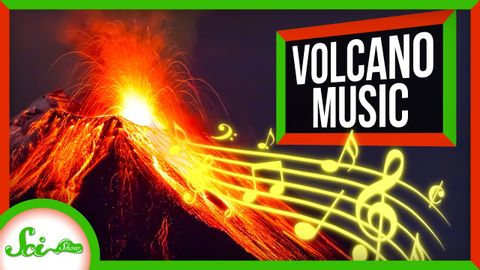火山音乐如何帮助我们预测它们(How Volcanoes’ Music Could Help Us Predict Them)
joey joey 發佈於 2021 年 05 月 19 日  沒有此條件下的單字
沒有此條件下的單字US /ˈɛpɪˌsod/
・
UK /'epɪsəʊd/
- n.插曲;集;(電視或廣播節目的)一集;事件;一段時期;(疾病的)發作
US /tɛkˈnik/
・
UK /tekˈni:k/
- n. (c./u.)技術;工藝;技能;(藝術)技巧
US /ˈriəˌlaɪz/
・
UK /'ri:əlaɪz/
US /ˈstrʌk.tʃɚ/
・
UK /ˈstrʌk.tʃə/
- n. (c./u.)結構;建築物
- v.t.構成;組織

